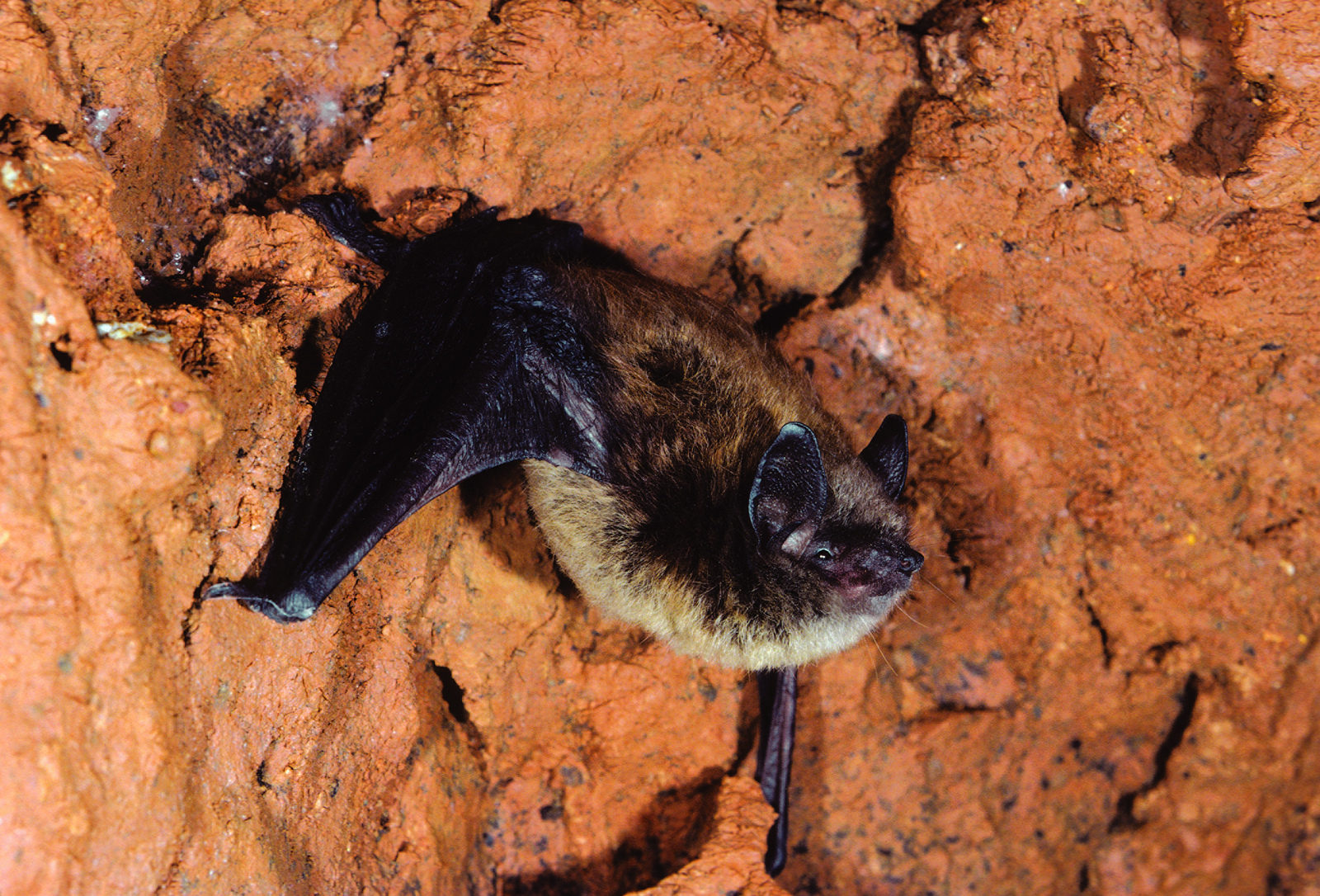PETERSBURG, Pa. — Doug Wentzel can count the number of little brown bats at Shaver’s Creek Environmental Center on one hand. Wentzel, a naturalist and program director at Penn State’s nature center, has been observing the flying creatures for years and in the past, he’s seen thousands make their summer homes in central Pennsylvania.
At last check, the bat boxes at Shaver’s Creek house only three bats.
“I don’t think we’ll ever see the colony return as it was in my lifetime,” said Wentzel. “These bats have been ripped from the fabric of the landscape with an unprecedented collapse of a population.”
Wentzel said white-nose syndrome is decimating bat populations across the Northeast. Recent estimates indicate the fungal disease has killed more than 6 million bats since 2006. In Pennsylvania, all cave-dwelling bat species are vulnerable to the disease.
Effects
“I’ve never worn insect repellent in Stone Valley because bats were part of the natural insect control,” he said. “I don’t know what is going to happen going forward because we are missing the top predator of night-flying insects that used to be here.”
The declining bat population can have a direct effect on both people’s health and the food we eat. Bats can eat between 300 to 3,000 insects a night so large-scale bat deaths have Wentzel concerned.
Food prices
Experts also worry about the multi-million dollar impact of insect control on farms. Michael Gannon, professor of biology and ecology, and senior faculty member at Penn State Altoona, said farmers may need to increase their use of pesticides, which would lead to higher food prices for consumers.
“We’re going to be spending a lot on food. We might not notice it immediately but we are going to start seeing major problems with insects,” Gannon said.
“Bats are the only biological control agents for these night-flying insects and if they are not there, we have to control them in some other way and it will be with pesticides.”
Study
According to a recent study, farmers in Huntingdon County, home to Shaver’s Creek, would have to spend approximately $4,067,201 in pesticides to kill insects bats were eating for free.
In Centre County, the estimate rises to $5,307,709. Bats with White-Nose Syndrome may have a white-colored fungus, known as Geomyces destructans, on their noses or other parts of their bodies. It affects hibernating bats found in and around caves.
“It’s taken a lot of people by surprise,” Wentzel said. “The bats have just about disappeared.”
Shaver’s Creek Environmental Center is part of Penn State Outreach, which serves more than 5 million people each year, in all 67 Pennsylvania counties, all 50 states and more than 100 countries worldwide.
STAY INFORMED. SIGN UP!
Up-to-date agriculture news in your inbox!











